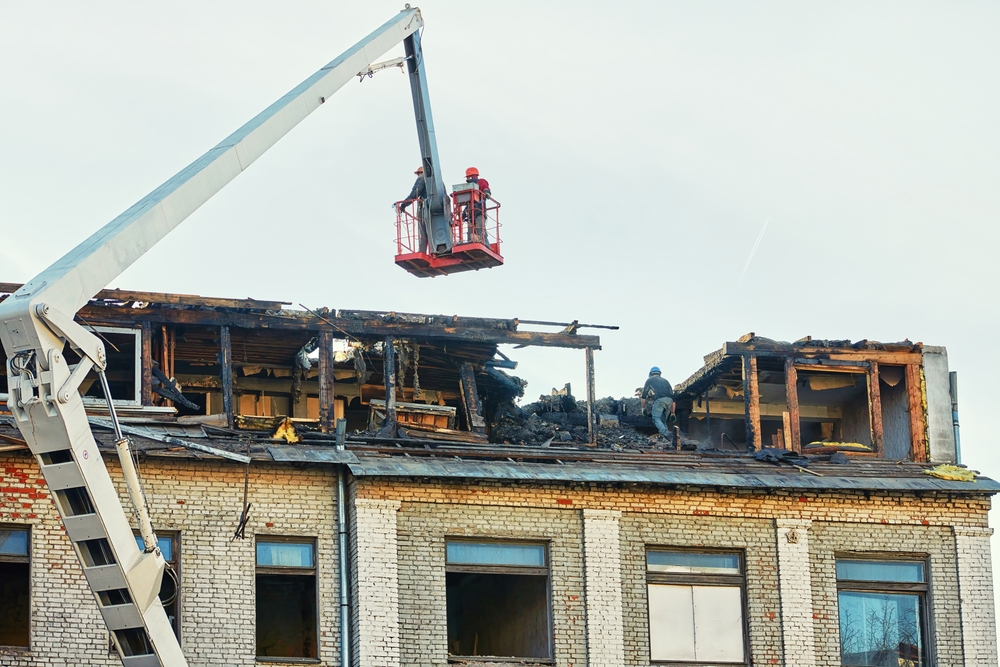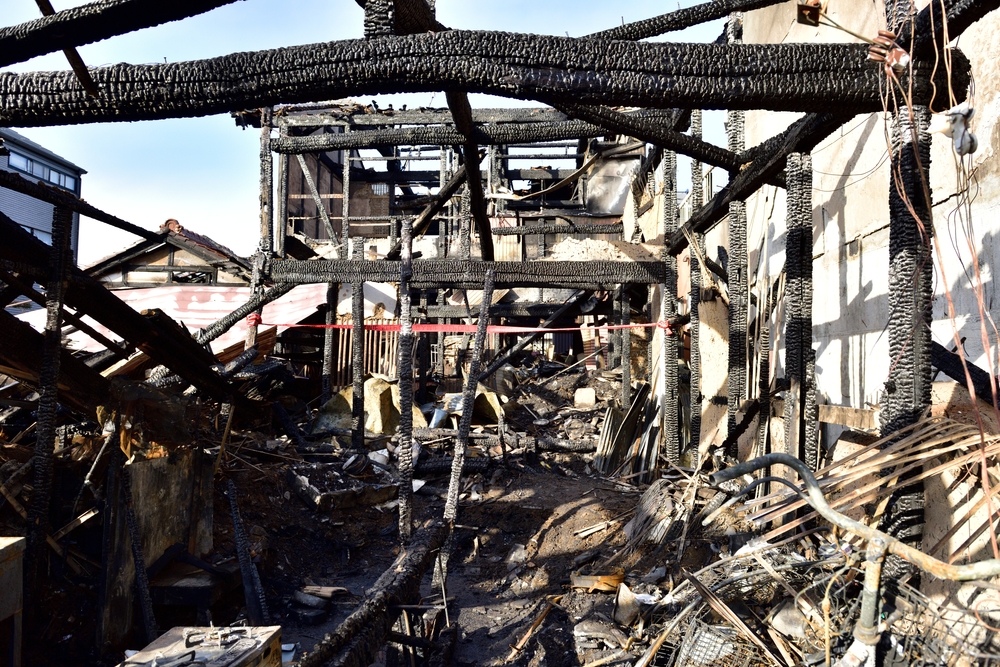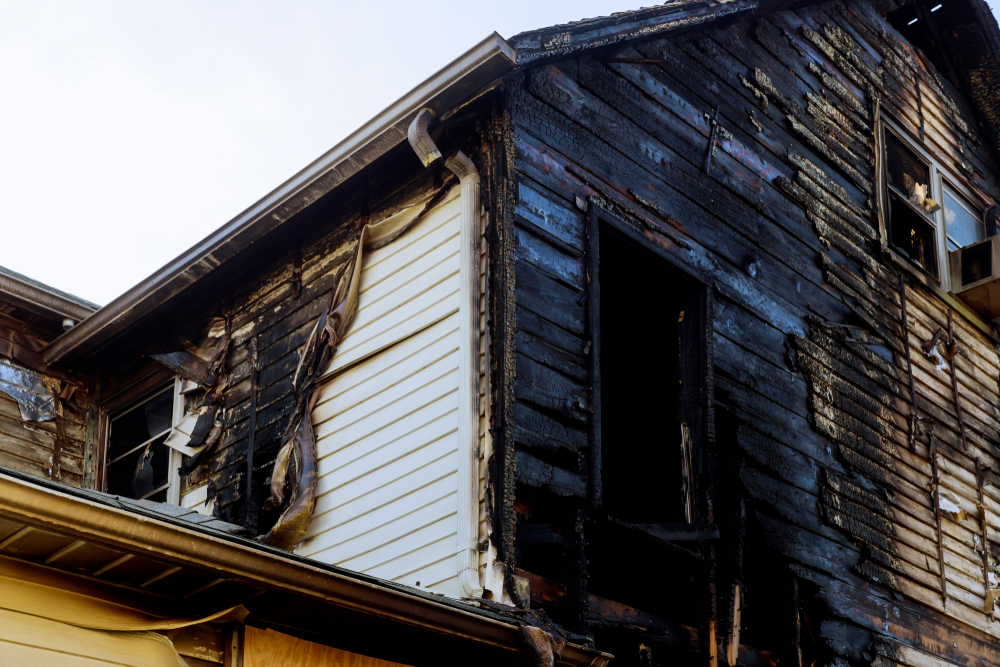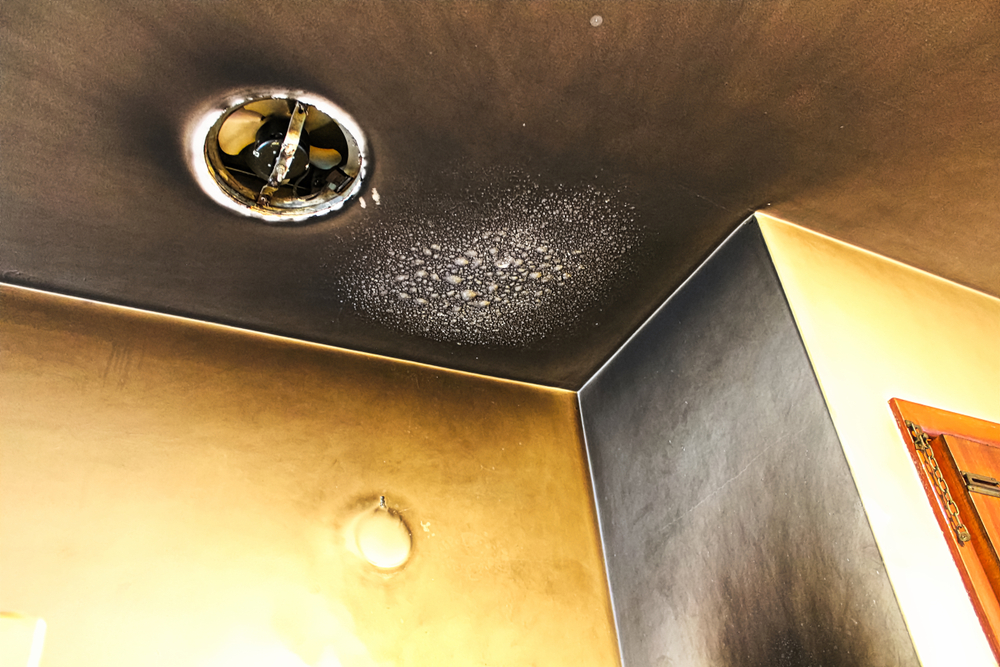A fire in your house or business is terrible. Once the flames have extinguished, you could be confronted with the daunting chore of organizing and choosing what to do with objects ruined by fire. Safety and environmental protection depend on knowing how to dispose of everything from furniture and clothes to hazardous debris and emotional relics.
The best techniques for evaluating, organizing, and securely dispose of fire-damaged items will be walked over using this guide. We will also go over how to manage dangerous chemicals, save treasured objects, and collaborate with experts through the cleanup. Moreover, knowing local rules and professional services will help one to control this process.
Assessing the Damage and Prioritizing
Safety First
Safety must always come first even while handling fire-damaged goods. Areas devastated by fire could have risks including:
- Soot and smoke capable of aggravating respiratory conditions
- Sharp items like nails or broken glass
- Uncovering wire that can cause electrocution danger
- poisonous vapours resulting from chemicals or burned plastic
- Unstable buildings that might fall apart with disturbance
Protective gear is essential. Put on gloves, masks, and eye protection to avoid coming into touch dangerous chemicals. Steer clear of accessing fire-damaged places as well if structural stability has not been checked.
Categorizing Items
Though it can be emotional, sorting through your stuff is a crucial step. Sort stuff into the following groups:
- Salvageable: Items that are salvageable—those which can be cleaned and rebuilt
- Non-salvageable: Items beyond repair owing to fire, smoke, or water damage are non-salvageable.
- Hazardous waste: Objects including poisonous materials
- Sentimental belongings: Sentimental objects are those with emotional or personal worth.
- Items needing professional assessment: A few things call for specific repair techniques.
Inventory for Insurance
Record all fire-damaged objects before you throw anything. To bolster your insurance claim, snap pictures and write descriptions. Before things are taken, many policies call for an adjuster to evaluate losses; so, first confirm with your insurance company. Keeping receipts for any money paid for cleanup helps as certain fees may be refunded.

Disposing of Common Fire-Damaged Materials
Clothing and Fabrics
- Soot and smoke can get right through textiles. Many times using powerful detergues and baking soda, gently wash minimally impacted items.
- Clothing that has been severely burned or smoke-saturated should be thrown away since the hazardous residues could irritate skin and aggravate respiratory conditions.
- To stop soot from spreading, toss dirty towels in tight bags.
- For valuable garments or specialty goods, think about expert fabric restoration services.
Furniture and Household Goods
- Upholstered furniture makes cleaning challenging since it absorbs smoke, soot, and water. Items heavily damaged should be thrown away.
- Although wooden furniture can occasionally be rebuilt, it is dangerous to use if fire has fundamentally undermined it.
- Thrown away should be mattresses and soft furniture subjected to fire or strong smoke.
- Expert trash removal companies can assist in correctly disposal of big objects.
- See if any gently damaged furniture might be used for another purpose by consulting donation centers.
Electronics and Appliances
- Electronics exposed to smoke or fire could be dangerous to operate because their wiring may have been destroyed.
- Refrigerators, microwaves, and air conditioners could include chemicals or refrigerants that call for particular disposal.
- Before trying to use mildly damaged devices, wipe them; replace those that smell of smoke or have excessive heat exposure.
- Look for neighborhood e-waste recycling programs to responsibly get rid of broken devices.
- Take batteries out and dispose of them at places for hazardous waste.
Food and Perishables
- Throw away everything that came into touch with chemicals, smoke, or heat.
- Although sealed canned products look safe, intense heat can promote bacterial growth. It’s better to throw them away.
- Food kept frozen and refrigerated should be thrown away should the power be off for more than four hours.
- To stop contamination, pack spoilt food in sealed bags.
- Throw away pet food and meds that might have come into touch toxins.
Building Materials
- If severely burned or saturated, dispose of wood products, insulation, and drywall.
- Professional inspection is required since homes built before 1978 could have asbestos or lead paint.
- To guarantee correct disposal of building trash, get in touch with local garbage disposal companies.
- Before throwing something away, find out whether it might be recycled.
Handling Hazardous Waste
Identifying Hazardous Materials
Certain fire-damaged objects could include dangerous chemicals including:
- Cleaning agents including bleach, ammonia, and disinfectants
- Paint and solvents
- Electrical components and batteries
- Other flammable materials, gasoline, propane tanks,
- Older dwellings’ materials containing asbestos
Safe Handling Procedures
- Chemical should not be mixed since they could cause harmful effects.
- Sort dangerous trash in well marked bins.
- Steer clear of handling unknown chemicals without expert direction.
- Keep dangerous objects far from dogs and children.
Local Regulations
Hazardous waste disposal policies vary among cities. For particular recommendations, ask local trash management officials. Certain localities have designated drop-off facilities or hazardous trash collecting services.
Contacting Professionals
See local hazardous waste disposal centers or an environmental agency if you are not sure how to get rid of dangerous goods. Fire restoration businesses can also help you with proper management of hazardous chemicals.

Sentimental Items and Restoration
Emotional Considerations
Losing cherished objects can be quite sad. Take time, if at all feasible, to assess what might be salvaged. Think about consulting family and friends for emotional support.
Professional Restoration
With expert cleaning, some objects—such as artwork, papers, or photos—may be restorable. To save priceless items, fire restoration experts apply chemical treatments and freeze-drying. See local professionals to find suitable solutions.
Documenting and Storing
Once restored, keep sentimental objects in airtight containers to stop more harm. Should objects prove difficult to save, think about compiling a scrapbook or gathering pictures to honor their memory.
Working with Professionals
Restoration Companies
Expert fire restoration professionals can assist with:
- Damage from smoke calls for cleanup
- Soot removal
- Salvaging partially damaged items
- Odor removal techniques
Insurance Adjusters
- Work directly with your insurance adjuster to guarantee best payment.
- Don’t throw away anything before it’s evaluated.
- Save receipts for disposal expenses should insurance cover them.
Junk Removal Services
Hiring a rubbish removal company will help you effectively transport non-salvageable goods for large-scale disposal. Many businesses offer environmentally efficient ways of disposal.
Conclusion
Although handling fire-damaged goods might be taxing, correct disposal guarantees your safety, helps the environment, and simplifies the insurance claim procedure. Give safety a priority; observe local rules; and, where necessary, consult professionals.
Philadelphia Restoration Services
https://www.google.com/maps?cid=3399342399556699153
+1 267 668 0013
https://philadelphiarestorationservices.com/


